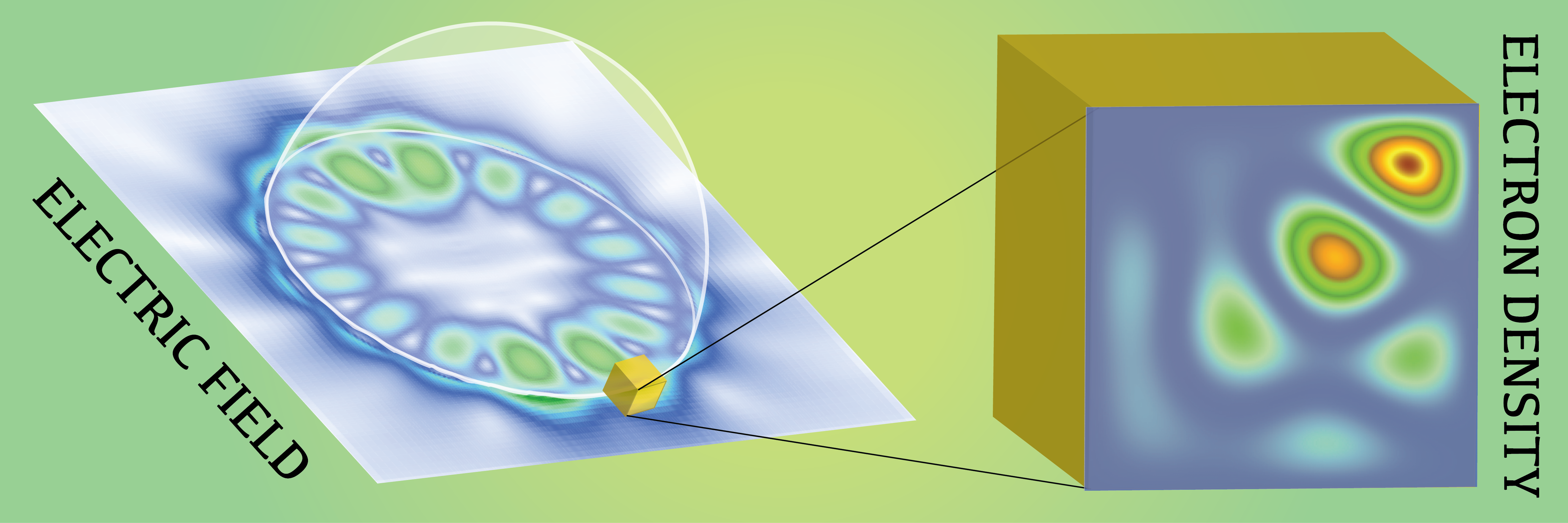Jason, Noor, and Kim's paper is published in ACS Photonics!
ACS Photonics
2017

Light-initiated generation of energetic carriers has attracted considerable attention as a paradigm for photocatalysis and solar energy conversion, and the use of noble metal nanoparticles that support localized surface plasmon resonances has been widely explored as a medium for realizing this paradigm. It was recently shown that composite nanostructures enabling the interplay between dielectric scattering resonances and broadband absorption in small metal nanostructures, a phenomenon termed scattering-mediated absorption, can be used to mediate energetic carrier transfer and selective photochemistry with low-intensity light while completely circumventing plasmon resonance. In this work, we develop a multiscale modeling approach for elucidating the hot carrier dynamics initiated by scattering-mediated absorption. Our calculations reveal that unique hot carrier distributions and dynamics arise from scattering-mediated absorption as compared to plasmon excitation and also suggest that in a variety of circumstances scattering-mediated absorption may lead to more efficient hot carrier generation compared to plasmon resonance under the same external illumination conditions. These results are an important first step in understanding the phenomena of scattering-mediated hot carrier generation, which has potential for expanding the palette of materials that can be utilized for hot carrier mediated photochemistry beyond plasmonic metals and for enabling unique pathways for photocatalytic transformations.